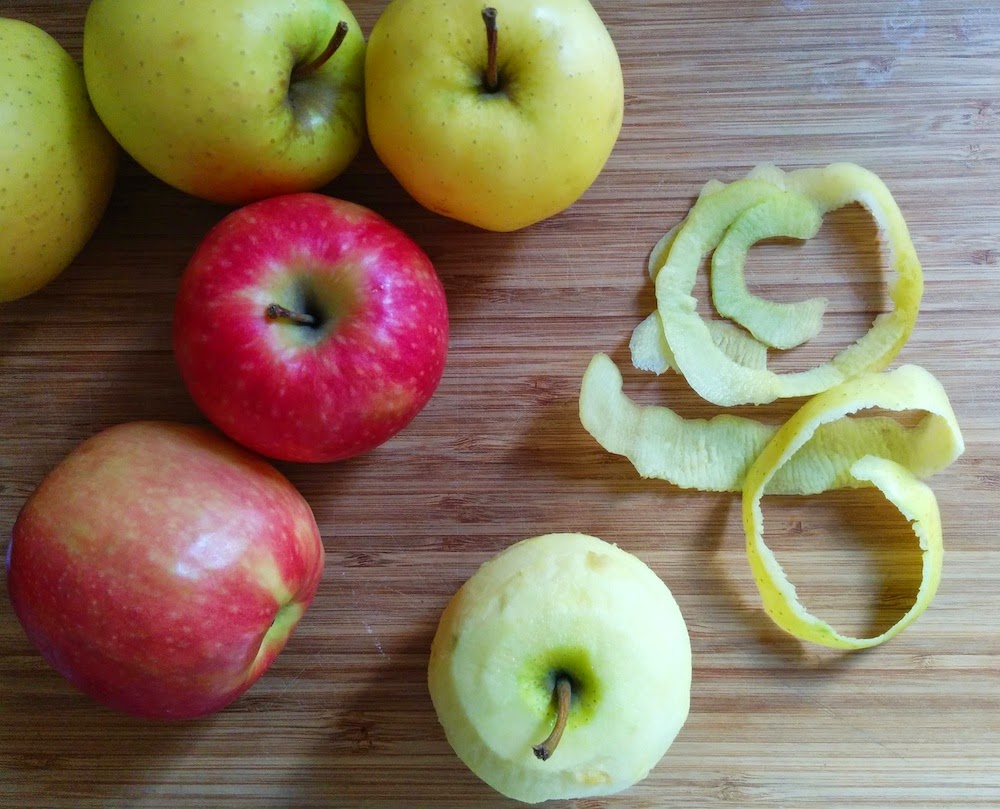Caramel addicts beware: These little bits of caramel heaven go quickly!
Caramel Macarons
Makes about 30
For caramel filling:
200g white caster sugar
150g unsalted butter, cut into small cubes
100g heavy cream (30%)
1tsp fleur de sel
For macarons:
200g icing sugar
200g ground almonds
5g instant coffee powder
150g egg whites (about 4), split in half
200g caster sugar
50g water
Start by making your caramel filling. In a small saucepan, bring your cream to a boil and set aside. Meanwhile, heat a medium saucepan over a medium-high heat. Add in a third of your sugar and, stirring occasionally, allow it to melt. Once all the sugar has dissolved, add in another third. Repeat, using the final third, then cook your caramel until it turns a lovely dark amber colour and starts to smoke slightly, or reads 170ºC-175ºC. Remove from heat and gradually whisk in your butter, being careful to avoid any steam or splatter. Whisk in your hot cream and fleur de sel, transfer to a clean bowl and leave to cool.
For your macarons shells, place your icing sugar, ground almonds and coffee powder in a food processor and blend for a minute. Alternatively, you can sift your ingredients together into a medium bowl. Add half your egg whites and mix to form a smooth paste.

Place your caster sugar and water in a small saucepan over a medium heat. Cook until a sugar thermometer reads 118°-119°C. While your syrup it cooking, place the other half of your egg whites into a large heatproof bowl or stand mixer. Whisk your whites to soft peaks (you can start once the temperature is around 105º-110ºC). Slowly pour your hot syrup into your beaten whites, whisking constantly on a medium speed. Once all the sugar has been added, turn your mixer up to high and beat until cool and thickened, about 6-7 minutes. Fold one third of your meringue into your paste, making sure to scrape the bottom and sides so it is evenly incorporated before adding another third. Repeat with the final third of meringue to make a fairly thick batter.


Now for the make or break of a good macaron: the "macaronage". This step serves to knock out some of the air and deflate the batter slightly to make it more fluid. This is done by scraping the mixture and pressing it against the sides of your bowl. Repeat this action 15-20 times until it turns glossy and a ribbon of batter reincorporates into itself in about 10 seconds. Under mix and your macarons won't be shiny and may crack; over mix and you will end up with flat, uneven macarons.
Preheat oven to 160ºC. Line two baking trays with parchment paper. Pipe you're batter into 3cm mounds about 3cm apart. Tap the base of your tray with the palm of your hand or against your work surface to knock out any air bubbles and to smooth out your batter. (Note: If you are confident with your macaronage, you do not need to allow macarons do dry out before baking. If you are unsure, allow them to "croute" for 20-30 minutes until they are dry to touch.) Bake your trays one at a time for 12-13 minutes. Allow shells to cool completely before attempting to remove them from parchment paper.
Check your filling. It ought to have cooled to a smooth paste. If it's too hard, heat it gently over a bain marie until it reaches piping consistency. It it's too liquid, pop it in the fridge for a few minutes and give it a good whisk before filling your piping bag.
Pair up your shells and pipe a tablespoon of filling onto the base and use the top to push the filling out to the edges. If you can help yourself, store your macarons in the fridge overnight in an airtight container to allow the flavour to develop. Keeps for 3-4 days.

















































